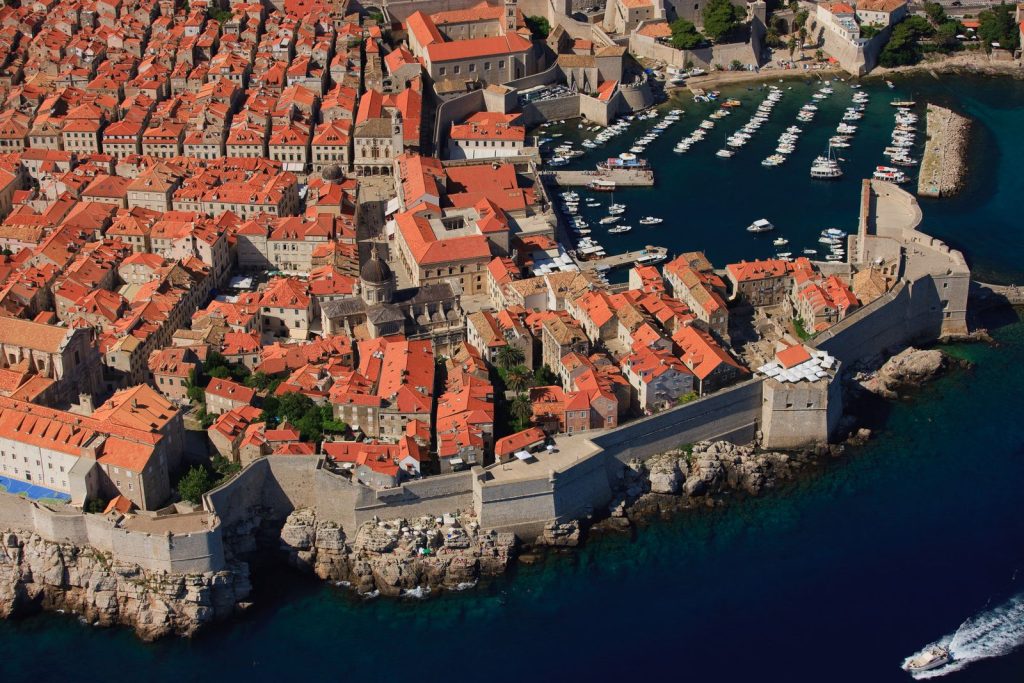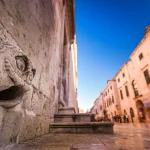The New York Times has published something about the famous Dalmatian city that nobody would have ever expected before coronavirus became a reality.
Before the coronavirus pandemic struck, the most frequent complaints you’d hear from residents of Croatia’s tourist Mecca of Dubrovnik all involved too many tourists, a lack of proper infrastructure to cope with the crowds, damage to the UNESCO protected historic core, too many harmful cruise ships, and too much traffic.
Since coronavirus penetrated Croatia’s borders, however, the situation has rather incredibly reversed almost entirely. What Dubrovnik strived for for many years has been acheived by no less than something invisible – a virus.
As Morski writes on the 19th of May, 2020, the popular and highly respected American publication the New York Times ranked Croatia’s southernmost city of Dubrovnik among the eleven top global destinations that suddenly became peaceful places to live in the midst of the coronavirus pandemic, and until that crisis, they ”fought” with excessive numbers of tourists, a situation which saw the coining of a brand new term – overtourism.
“The eleven most visited tourist destinations in the world have recently completely changed. In Venice, for example, there are currently more locals than there are tourists, which is an extremely rare situation for a city that has been struggling with overcrowding for years,” writes the New York Times, whose online edition is followed by more than five million subscribers.
In addition to Dubrovnik and Venice, the list of such “changed” destinations also includes Rome, Bali, Iceland, Amsterdam, Barcelona, Paris, Prague, Halong Bay in Vietnam and the Galapagos Islands, reports the director of the Croatian National Tourist Board’s office in New York, Ina Rodin.
The article also conveys the experiences of local residents in these destinations, and the situation in his native Dubrovnik was described by Darko Perojevic, chef and owner of the Azur restaurant, emphasising that the old town of Dubrovnik, where he has lived for most of his life, has not been so empty since the 1990s, when the city was ravaged by attacks by the Yugoslav People’s Army.
Still, he admitted that it is now a special pleasure to walk through the empty city centre and see children playing in the streets.
“For a moment, it seems as if we’ve regained the city,” said Perojevic, adding that the first quarantine was introduced in Dubrovnik in the 14th century to protect the local population from the plague. You can read more about that here.
For more, follow our travel page.










